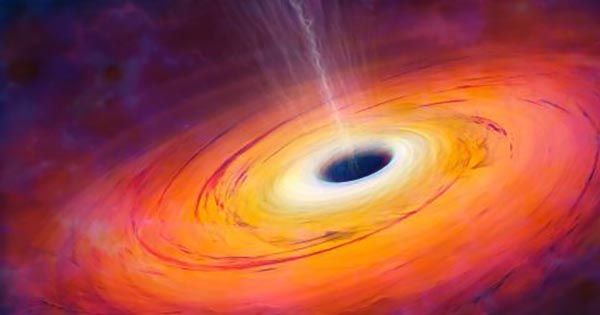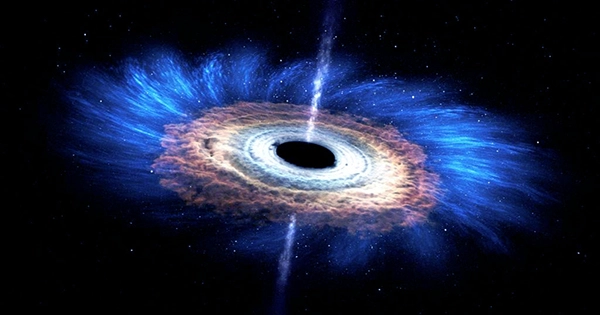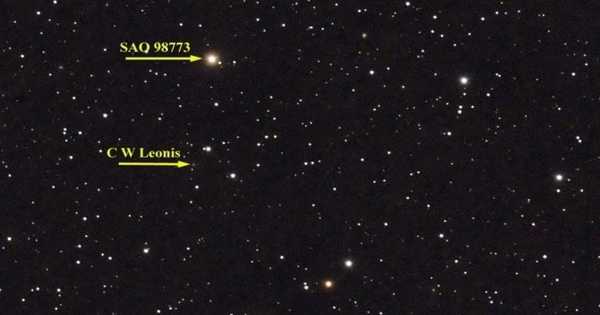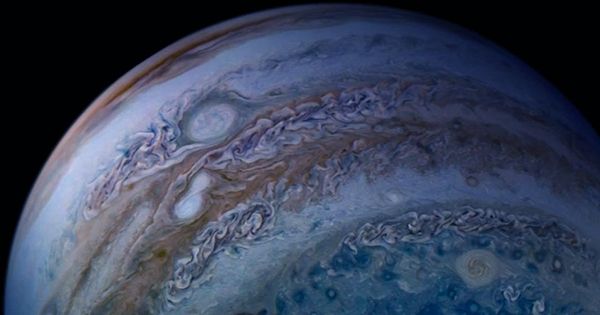Astronomers have finally proven a notion about Active Galactic Nuclei (AGNs), which are galaxies’ center regions that are brighter than expected. AGNs have been classified into two types based on observations: Type 1 and Type 2. Researchers have long concluded that the difference is solely due to the angle from which we observe them. A recent discovery has finally supplied key proof in its favor. Supermassive black holes feed on material falling towards them to power AGNs. They are classed as type 1 if the feeding process can be observed directly. Others, though, have a thick doughnut of gas and dust that obscures the operation. Type 2 is what these are.
The unification concept necessitates demonstrating that a type 2 is actually a type 1 without needing to travel millions of light-years and study a galaxy from a different perspective. Observations from the Very Large Telescope Interferometer VLTI) have done just that, as published in the journal Nature. Messier 77 (aka NGC 1068) is the classic Type 2 AGN, which has been discovered by astronomers. The supermassive black hole is there, hidden under a dense covering of dust, according to detailed thermal images of the heart of this cosmic island of stars.

In a statement, lead scientist Violeta Gámez Rosas of Leiden University said, “The true nature of the dust clouds and their role in both feeding the black hole and dictating how it looks when observed from Earth have been important topics in AGN investigations over the last three decades.” “While no single discovery will answer all of our issues, we have made significant progress in our knowledge of how AGNs work.” Despite being in space’s vacuum, the dust surrounding the black hole has temperatures ranging from room temperature to over a thousand degrees.
As everything spirals inwards, the enormous gravitational pull warms it to tremendous temperatures. As a result, the dust that is covering our view absorbs some of that intense light, making it hotter. With the MATISSE instrument on the VLTI, which is owned by the European Southern Observatory (ESO), the team was able to confirm this. Radio maps from the ESO-owned Atacama Large Millimeter/submillimeter Array and the National Radio Astronomy Observatory’s Very Long Baseline Array were combined.
“Messier 77 is an important prototype AGN and a wonderful motivation to expand our observation program and optimize MATISSE to tackle a larger sample of AGNs,” said team member and MATISSE Principal Investigator Bruno Lopez of the Observatoire de la Côte d’Azur in Nice. This research, as well as future research, should lead to a greater understanding of what makes AGNs tick. Messier 77 is 47 million light-years from Earth.
















